Additive manufacturing has come a long way, but surely we’re not at the point where we can 3D-print a roller coaster, right? It turns out that you can, as long as 1/25th scale is good enough for you.
Some people build model railroads, but [Matt Schmotzer] has always had a thing for roller coasters. Not content with RollerCoaster Tycoon, [Matt] decided to build an accurate and working model of Invertigo, a boomerang coaster at King’s Park, the coaster nirvana in Cincinnati, Ohio. Covering a sheet of plywood and standing about 3′ tall, [Matt]’s model recreates the original in painstaking detail, from the supporting towers and bracing to the track sections themselves. It appears that he printed everything in sections just like the original was manufactured, with sections bolted together. Even though all the parts were sanded and vapor smoothed, the tracks themselves were too rough to use, so those were replaced with plastic tubing. But everything else is printed, and everything works. An Arduino Mega controls the lift motors, opens and closes the safety bars on the cars, and operates the passenger gates and drop floor in the station. The video below shows it in action.
Fancy a coaster of your own, but want something a little bigger? We understand completely.


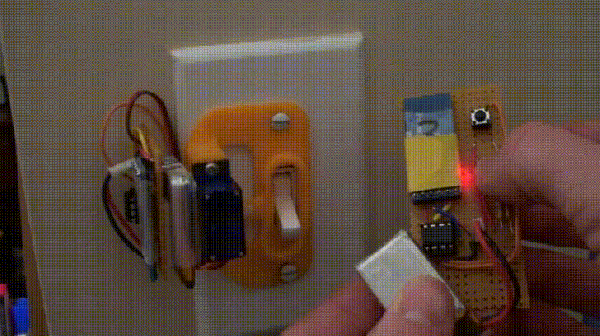



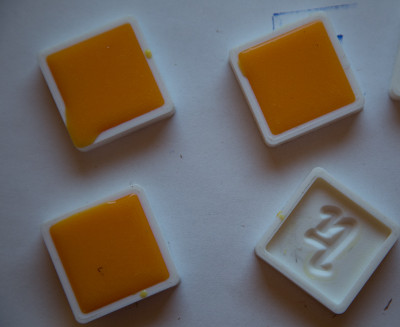
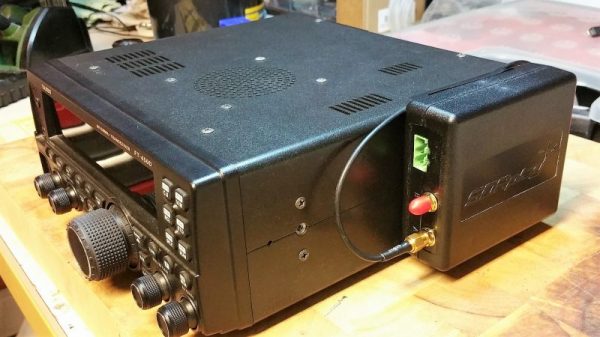
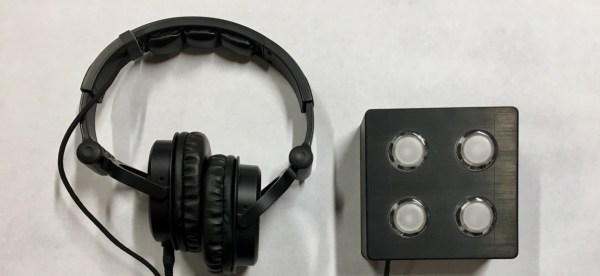
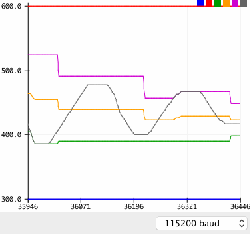 class. In about 60 days time; he went from dinner napkin sketch to working project. The project is quite interesting – he’s made an instrument that
class. In about 60 days time; he went from dinner napkin sketch to working project. The project is quite interesting – he’s made an instrument that 









